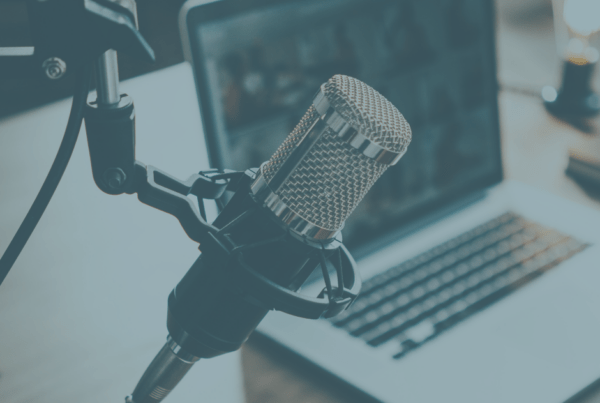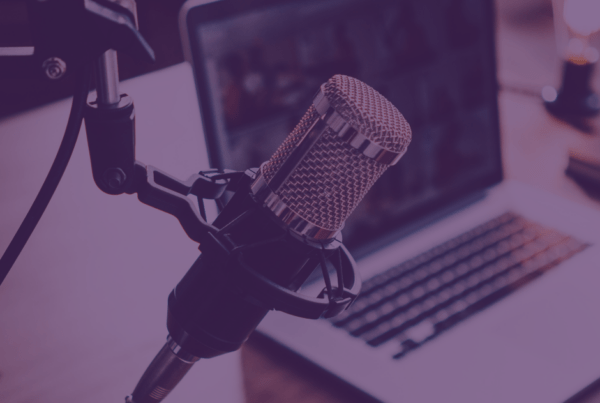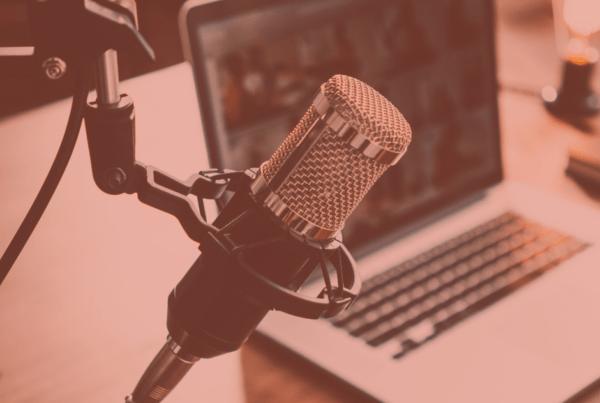In late October, I was excited to join Nick Morrow, John Shepard, Patrick McGinnis and the Morrow & Shepard trial team for a civil jury trial in Houston, Harris County.
Harris County is one of the only Texas state courts conducting in-person civil jury trials since the pandemic started back in March 2020. To do so, Harris County submitted a detailed COVID-19 operating plan to the Texas Office of Court Administration, and it is available here for download: Harris County Jury Trial Plan.
A Unique Venue
One of the unique aspects of the plan takes jury selection to a large arena – NRG Arena. The NRG Arena has ample parking, plenty of space for social distancing, and availability of food, if necessary.
As I pulled into the parking area, I was greeted by two individuals who asked a series of health screening questions and scanned my temperature. I never had to leave my car for this quick process. From the parking lot, signs instruct all visitors to wear a mask before entering the building.
Upon building entry, security personnel ensure everyone is, indeed, wearing a face mask. If not, masks are provided. Inside the entrance, I immediately entered a line for a security metal detector screening. Dots on the ground indicate a six-foot social distance measure for folks standing in line. Once past the screening, potential jurors are pointed toward a large gathering area, and lawyers, judges, clerks head in the opposite direction to the assembled courtrooms.
The Set Up
The “courtrooms” are actually large areas sectioned off inside the NRG Arena. Our courtroom was set up for 65 jurors, each spaced six feet apart, in staggered rows. Each juror spot contained a chair, a brand-new clear face shield, head set and microphone stand. The lawyers and judge had long tables spaced in the front of the jurors. The juror microphones could pick-up any noise within a small radius and did not require the juror to touch the microphone to speak. The entire audio system was linked together; jurors, judge, lawyers, and court reporter. Thus, everyone with headphones could hear each person speaking clearly.
Additionally, as each juror came into the “courtroom,” the judge instructed him or her to sit in an assigned chair and put on the clear face shield. Once the clear face shield was on, their face masks could be removed. This was to allow lawyers to see the jurors’ facial expressions during jury selection.
Jury Selection
The judge allowed ample time for each lawyer to ask questions of the panel. The lawyer asking questions stood at a small podium, microphone in hand, and posed questions to the panel. The types of questions varied little from a normal courtroom jury selection. The responses were also pretty typical, meaning that a few folks spoke up often and some only answered questions when called on, plus those that fell asleep or looked completely disinterested or angry.
A main difference in this jury selection was in the handling of scheduling conflicts from potential jurors. Normally, the judge handles this portion of the selection and potential jurors come forward with any conflicts for vacations, doctors’ visits, childcare or other scheduling issues. The panel that was seated in October had answered a pre-screening questionnaire for scheduling conflicts and COVID-19 concerns. Therefore, no time was spent on scheduling conflicts except for two jurors.
Drawbacks
The glare on the clear face shields made it difficult to see faces, requiring you to find just the right angle to see jurors’ facial expressions.
Or, depending on your location in the room, it was not possible to see certain jurors at all due to the seating arrangements and large cement pillars in the room. Although we could hear the individuals speak perfectly well, there were times that we had no idea who was speaking. We had to remind people to raise their juror numbers to help us locate them.
Outcome
We spent roughly six hours in the jury selection process from start to finish. At the conclusion, the judge seated twelve jurors and two alternate jurors. The judge swore in the panel and then excused them until the next morning where they were instructed to report to the Harris County Civil Courthouse. The jury trial was to take place in a traditional courtroom, but with social distancing.
I am happy to report Nick and his team had a successful jury trial. Their client received a jury verdict in his favor, and the jury returned a sum of roughly $400,000 for the injuries and related damages sustained in a workplace explosion. Congrats to Nick, Patrick and the entire Morrow & Sheppard team!







